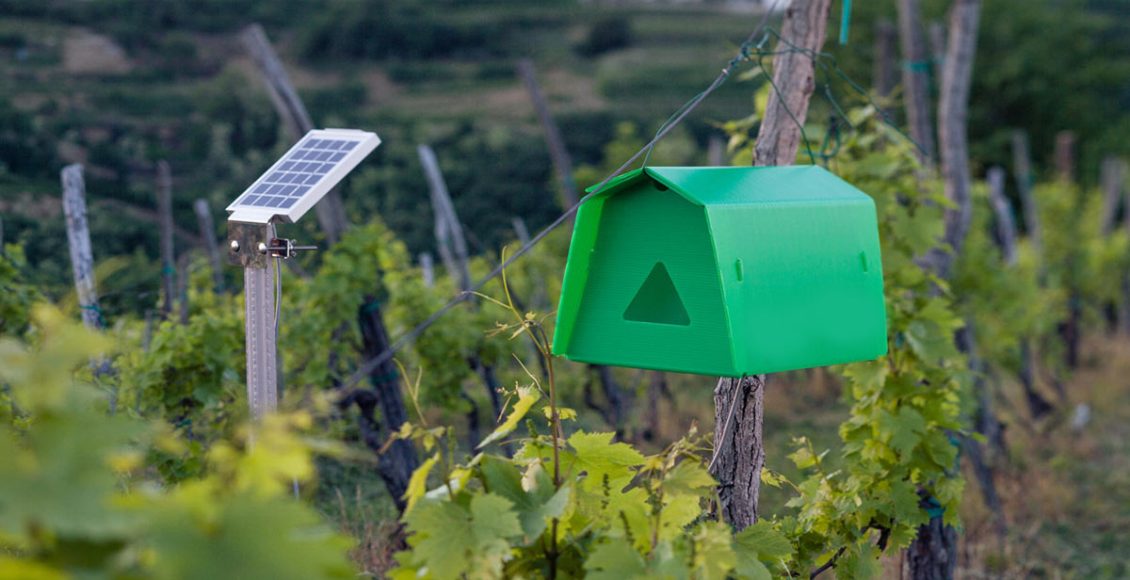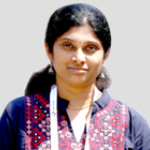
Emerging trends in monitoring and detection of crop pests
With the increase in agricultural intensification and climate change, there has been an increase in the emergence of plant pests and disease outbreaks. Along with the native insect pests, global climate change has led to invasion of exotic insect pests that augmented the devastation of indigenous crops. Pests like Fall Army Worm (FAW) and locusts easily spread from one country to another which can reduce yields and also adversely impact the yield, both qualitatively and quantitatively. Early pest detection enables timely action by the stakeholders and helps in reducing the yield losses by 20- 40 % depending on the crop and its growth stages. Monitoring crops for potential threats manually is labor-intensive and imprecise. Advanced imaging and image processing technologies help farmers, and agronomists to automate and accelerate the pests/disease detection and monitoring process. To minimize the damage induced by pests in crops during growth, harvest and postharvest processing, as well as to maximize productivity and ensure agricultural sustainability, advanced pest detection and prevention tools are highly important. Below mentioned are some of the emerging trends in the crop protection industry:
Drones: Early pest detection and treatment applications are essential for effective pest management. AI-powered drones such as sensing drones and actuation drones can be used for detection of pest hotspots and for precise distribution of solutions to establish IPM strategies. The multispectral cameras attached to drones capture farms at an insect- level which automatically identifies problems unseen to the naked eye. Drones have been recently used in India to track the movement of locusts and spray insecticides on the swarms, a cost-effective measure for the state agriculture departments.
Spectral Remote Sensors: The efficiency of IPM system depends on the accuracy of the pest population monitoring methods. Pest detection sensors are used to detect the presence of pests and can be of different types based on their mode of operation, energy consumption and the type of pests they sense. (Low – image/High image/Fluorescence image/Sound/Gas detection sensors).
Automatic traps: A novel approach to the integrated pest management in identification and monitoring of insect pests. Automated pest monitoring systems monitors all kinds of insects and can be lured into insect traps to provide an effortless pest monitoring system with limited resources. Such innovative technologies provides solutions to farmers and insights on real time pest situation in the field. Crop protection companies are exploring opportunities to utilize such technologies.
Thermal Imaging: Thermal imaging is an emerging technology and has the potential to augment the success of IPM by identifying the density of pests and diseases. This technology is gaining popularity in detecting pests due to the reduced cost of the equipment and simplified operating procedures.
AI-Driven Sensing Technology: Automating pest monitoring is a challenging task. With advancements in machine learning techniques, in particular deep learning, there has been a significant ability to accurately detect and classify pests, either in traps or remote sensing. Inspite of these developments, the key factor preventing widespread adoption of these automatic pest monitoring systems is their lack of robustness to the wide variety of situations that can be found in practice. Also, there are challenges in using these technologies on smallholder farms. There is a need to build a comprehensive pest image database for different crops to bridge this gap.
While these tools/technologies are powerful, tailoring them to specific challenges faced by small holder farmers will enhance the effectiveness and minimize the environmental impact. Crop protection industry is utilizing Internet of Things (IoT) sensors and AI to determine the type of pests and pest pressure on a crop. Few of the tools such as Climate FieldView™ and Threat ID enable the users to drop the geo pin of the area under pest/disease pressure or can even upload a photo of an infected leaf to rapidly identify pest and disease threats. Similarly, Fasal and Xarvio’s scouting tool with its AI and IoT platforms warns the farmers in India the possibility of pest outbreaks and aid in precise preventive sprays. The detection and monitoring of plant pests and diseases with the help of image processing techniques provide more accurate guidance to farmers for disease management resulting in improved efficiency and higher yields and also benefits the crop protection industry players in significant improvement of their business. Companies can undertake crop-based approach to provide solutions that enable farmers to take data- driven decisions and bring down the input cost. The solution/technology can be expanded to potential markets having similar farmer profiles and climatic zones.
Author

Connect with Author at: E-mail agribusiness@sathguru.com
 Grow Beyond
Grow Beyond 

